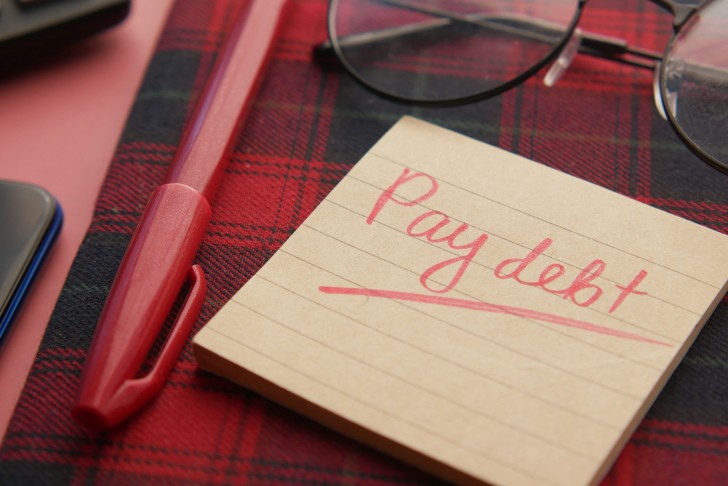In the fast-evolving realm of business and personal finance, debt is an ever-present reality for most people. Nevertheless, it is also considered the means to foster growth and investment-gaining into everything from a new business venture to the purchase of a house or a piece of equipment crucial to operations. This is hence called "good debt." Yet, conversely, "bad debt" threatens financial stability and is the greatest enemy. Cash flow becomes severely constrained by this type of debt: high-interest consumer credit or accounts uncollectible. Many understandably search for a fast way to get rid of bad debt in Calgary, but it eats away at critical resources that should have been invested into maintaining and growing financial stability in the long term. The existence of bad debt does not mark financial failure but rather serves as an indicator that aggressive financial management strategies need to be adopted very soon. There are no quick remedies or magic upward pulls; the journey to turning the tide on bad debt is paved with the discipline of mind, the professional orientation, and clear planning together.
From the standpoint of the business, the establishment of bad debts is often immediate and sometimes quite severe, eroding the profits of a company arising from defaults in payments and uncollected invoices. Capital tied to these accounts could instead be put to usage for expansion, payroll, or innovations. Beyond the balance sheet, bad debts will damage the reputation of an organization due to mistrust sown inside the circles of its clients and suppliers who would in turn shy away from doing more business. The best line of defense, however, has to be a thorough and well-documented credit policy that first vets every new client and sets clear payment expectations in return. Nevertheless, despite the best preventive mechanisms, bad debts would pile up. When they do, then the business must act quickly to reduce their financial consequences, whether they go about it through a professional collection agency or negotiate for a settlement that recovers part of the amount.
On the other hand, bad debt at a personal level imposes enormous anxiety and stands as the primary hindrance to achieving overarching financial goals. Bad debts, in the form of credit card balances with exorbitant interest and unsecured loans, appear to be the draining water from a bucket that is supposed to be filled with savings for emergencies, life purchases, or investments for retirement. For individuals, addressing the debt therefore constitutes the basic step toward wealth creation. Every dollar saved from high-interest payments is a dollar redirected into savings or investment portfolios, allowing capital to work for the individual rather than against him. Being debt-free starts with an honest review of personal financial circumstances and a resolute commitment toward a strategic repayment plan.
The absolute best way to begin is to seek expert guidance. Available in a large economic hub is any resource imaginable that could help individuals and businesses in the face of complex financial challenges. There are always financial advisors and credit counselors available and willing to work with people to develop a plan tailored to their unique situations. They bring a couple of advantages to the table like that objective perspective and experience behind the various options for repayment, budgeting, and negotiating with creditors. This does not mean that one is admitting defeat, but rather acknowledges that professional help is needed to disentangle such a complicated financial web. These professionals will identify the root causes of the debt and work with their client towards the development of a solution that could be fairly implemented with confidence.
Several familiar approaches may be followed in conjunction with building a repayment plan. The avalanche method instructs an individual to pay debts starting with those with the highest interest rates. Although it feels slow at first, this approach is, behind the math, the most effective, because it pays the least amount of interest over time. The snowball method pays off the smallest debts first and ignores the interests. It's meant to give quick psychological victories to keep the person motivated and generate enough momentum. If debtors have numerous debts, they may look into consolidation that joins all payments into one loan likely with a lesser interest rate. These are good tools that only succeed if one commits to them and maintains a clear overview of her end result.
Ultimately, the goal of managing bad debt extends beyond simply paying off debt. It is about creating a new financial foundation that is stronger and less vulnerable. From there, they might establish an emergency fund so should anything else arise, they will not have to go back into bad loans; increase their credit rating so that they can get better financial products; and finally come to terms with the money itself. Successfully managing a bad debt will require enough discipline to develop habits that foster long-term financial success.
To sum it up, eliminate bad debt is devoid of any miracle or easy fixes. It is one challenge that, when lost, needs an active, strategic, although sometimes really ugly effort. For a business or an individual, cross that bad debt is one viable financial stepping stone toward the secure and prosperous future, created through a combination of sound strategy, commitment to its realization, and preparedness for good advice.
 Editorial staff
Editorial staff

 Editorial staff
Editorial staff


